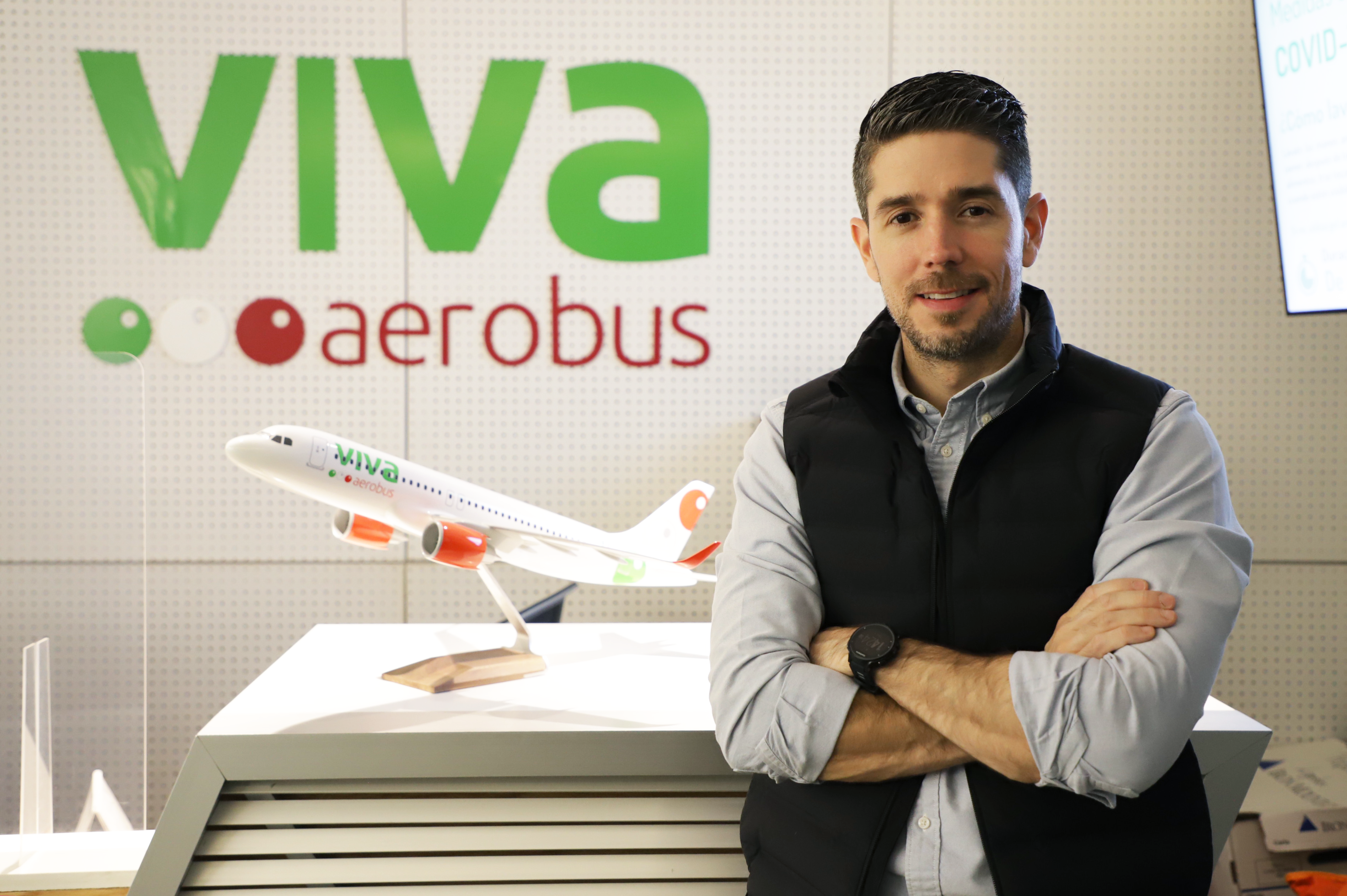

Spotlight
Five Questions for Viva Aerobus CEO Juan Carlos Zuazua
1) From your perspective, what is the key to Mexican ULCCs’ success?
The success of ultra-low-cost airlines in Mexico rests in their ability to replicate and improve the ultra-low-cost model, while bringing connectivity to millions of people who never had the chance to fly before. For this, Mexico has tremendous potential: a large population (+120M), a growing young demographic, an expanding middle class, extensive territory, a topography conducive to domestic air travel, and a privileged geographical location that favors international flights to North and South America.
Viva Aerobus is a clear example of how an ultra-low-cost model has been replicated and improved. The airline is the most efficient operator in the Americas, with a CASM ex-fuel of US$0.04, one of the fastest-growing airlines and one of the few experiencing marked growth well above pre-COVID levels (2019).
2) What is the growth strategy of Viva Aerobus to develop new markets and expand its network?
Today, our domestic market accounts for 75 percent of our route network and we have plans to continue growing in this market through point-to-point flights with the lowest fares.
We will also continue to bolster our international network to the United States with our recently announced commercial alliance with Allegiant Air. Additionally, we will continue to expand our presence in Central and South America. For example, we already operate four routes to Colombia.
3) As a result of the COVID-19 pandemic, the air cargo market has increased. Is this an interesting market for Viva Aerobus?
The commercial air cargo market (on commercial flights) is without a doubt a very attractive market for Viva Aerobus. We ventured into it at the end of 2019 and, as a result of Mexico's needs in the context of COVID-19 pandemic, we have grown stronger in this segment. The expansion into the cargo segment has allowed us to further diversify and increase our ancillary income by taking advantage of the additional belly-hold capacity in line with our philosophy of maximizing operating efficiency, and soon, we will be exploring the transfer of e-commerce goods.
4) Viva Aerobus has a very young aircraft fleet. What's Viva's strategy behind that?
Operational efficiency, sustainability and passenger experience are the key principles behind our commitment to maintain a modern fleet that currently ranks as the youngest in Mexico and the third youngest in North America, averaging five years across 55 Airbus aircraft.
5) Viva Aerobus boasts a strong sustainability strategy as reflected in its Green Future program. What are the pillars of this strategy?
Our environmental culture is based primarily on our commitment to reduce and offset our carbon footprint, as well as contribute to recycling and reforestation activities. Today, we are the airline with the lowest level of CO2 emissions thanks to our highly efficient operations and modern aircraft. Our goal is to cut our CO2 emissions per seat kilometer and per passenger kilometer by 15 percent by 2025.
Thus, the priorities of our sustainability strategy are: 1) operational efficiency and responsible use of resources, 2) care for the environment and 3) the professional growth of our employees and partners through training on best sustainable practices and resource optimization.
